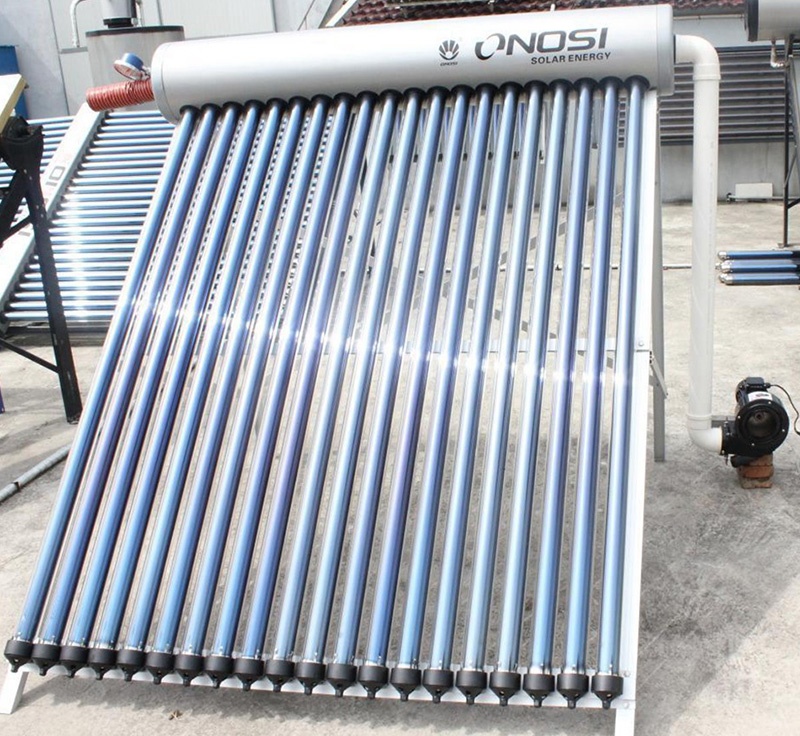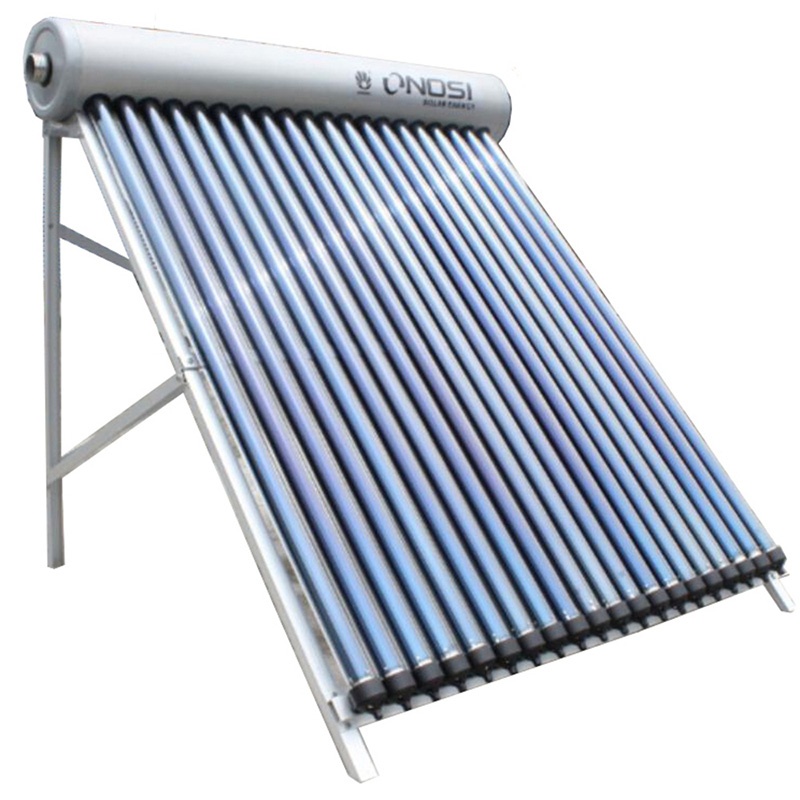Solar hot air collector

Hot air solar collector, Solar Air Heating using Solar Air Collectors
Solar hot air collector systems use the sun’s thermal energy to heat up air to supplement your space heating requirements. They can directly heat individual rooms or pre-heat supply air for the whole house. These systems are the cheapest among PV and solar water systems. Their energy conversion efficiencies are lower than solar hot water systems, but higher than solar PV systems.

Basic components
Solar hot air systems typically consist of three basic components: a solar thermal collector, a distribution system, and an optional heat storage unit. Other peripheral elements include fans, controls, filters, and/or dampers.
Solar Collector
Solar hot air collectors are typically mounted on a home’s wall or roof, and consist of an insulated box with one face having a glass to allow for sunlight penetration, while the inside has a solar absorbing material to collect the sun’s heat. The solar absorbing material heats the air that passes through the box, which can then be distributed into the home.
Transpired collectors are dark metal walls with holes in them that are placed on the south facing wall to preheat ventilation air for buildings. They’re more commonly associated with commercial and industrial applications, where ventilation requirements are large, though smaller transpired air collectors could be used in residential
Distribution Systems
Distribution of the heated air into the home can be accomplished using either active or passive systems. In active systems, air is passed through the collector and into the home using an electric fan or blower. In passive systems, hot air rises and leaves through the top of the collector and cooler air flows naturally into the bottom of the collector. Passive systems are inherently less efficient than active systems, but they are cheaper to install since they do not require mechanical elements.
Heat Storage
Heat storage allows your solar collector to store heat for later distribution after the sun goes down. Historically people have used rocks as a thermal mass source in thermal hot air systems, but because condensation on the rocks can lead to mold growth, it is not a recommended thermal storage method any more. More recently systems use phase changing materials (PCM) to store heat. PCMs change phase and store heat at a certain temperature.


